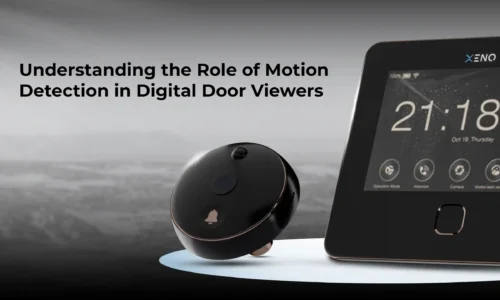
Advanced Integration in Smart Home Technologies – Xeno
- By Xeno
- 0 Comments
- Posted on
Advanced Integration in Smart Home Technologies: A Technical Exploration
The evolution of smart home technologies continues to accelerate, driven by advancements in artificial intelligence (AI), machine learning, Internet of Things (IoT) connectivity, and cybersecurity measures. As we move into 2024, several key trends are poised to redefine the smart home landscape, offering unprecedented levels of automation, efficiency, and security. This article explores the technical underpinnings of these trends and their implications for the future of smart living.
AI and Machine Learning Optimization
At the core of next-gen smart homes, AI and machine learning algorithms offer sophisticated data analysis to predict and adapt to the homeowner’s needs and preferences. Technological strides in neural network efficiency and edge computing are enabling devices to process data locally, reducing latency and reliance on cloud services. This shift not only enhances privacy and speed but also allows for more complex decision-making processes directly on the device, from optimizing energy usage to personalizing comfort settings without human intervention.
Technical Spotlight: Future AI models are expected to leverage federated learning, a technique that allows models to be trained across many decentralized devices, enhancing privacy and model robustness without the need to centralize sensitive data.
Sustainable Smart Technologies
Sustainability in smart homes is transitioning from simple energy-saving measures to comprehensive systems that actively reduce environmental impact. Innovations in photovoltaic technology and battery storage are making solar energy more viable for individual homes. Meanwhile, IoT sensors and smart meters are becoming more adept at managing resource consumption in real-time, utilizing predictive analytics to balance and reduce electricity, water, and gas usage.
Technical Spotlight: Look for advancements in grid-interactive efficient buildings (GEBs), which not only consume less energy but can also return energy to the grid during peak times, thanks to smart inverters and energy management systems.
Enhanced Security Through Advanced Encryption and Anomaly Detection
As smart homes become increasingly interconnected, security and privacy concerns are paramount. Advanced encryption standards like AES-256 are becoming the norm for data at rest and in transit. Furthermore, anomaly detection powered by AI can identify unusual patterns in network traffic, alerting users and systems to potential security breaches before they escalate. Devices like a CCTV Camera play a crucial role in enhancing smart home security by providing real-time monitoring and alerts.
Technical Spotlight: The adoption of blockchain technology for device authentication and data integrity is on the rise, providing a decentralized and tamper-evident method for securing IoT communications.
Interoperability and Open Standards
The future of smart homes hinges on seamless integration across diverse ecosystems. Open standards and protocols such as Matter (formerly Project CHIP) are gaining traction, enabling devices from different manufacturers to communicate and work together more efficiently. This interoperability is crucial for creating a cohesive smart home experience and driving adoption of new devices.
Technical Spotlight: Matter and similar initiatives are pushing for universal adoption of IPv6, ensuring ample address space for the burgeoning number of IoT devices while enhancing security and configuration capabilities.
Health-Centric Smart Home Ecosystems
Smart homes are increasingly focusing on the health and well-being of occupants. Technologies like VOC (volatile organic compound) sensors, coupled with advanced HVAC systems, can detect and mitigate air quality issues. Wearable integration allows for real-time health monitoring and alerts, integrating with smart home systems to adjust settings based on health data or even predict potential health issues.
Technical Spotlight: Expect growth in the use of UWB (Ultra Wideband) technology for more precise indoor positioning, enabling smart homes to monitor the well-being of residents with unprecedented accuracy, from detecting falls to optimizing environmental conditions for sleep and activity.
Conclusion
The technical advancements in smart home technology are setting the stage for a future where homes are not just connected but are intelligent, proactive, and deeply integrated into our digital lives. For developers and manufacturers, these trends represent both a challenge and an opportunity: to deliver innovative solutions that enhance security, efficiency, and quality of life, while navigating the complexities of interoperability, privacy, and evolving consumer expectations. For consumers, the promise of a more sustainable, secure, and intelligent living environment is closer than ever.



